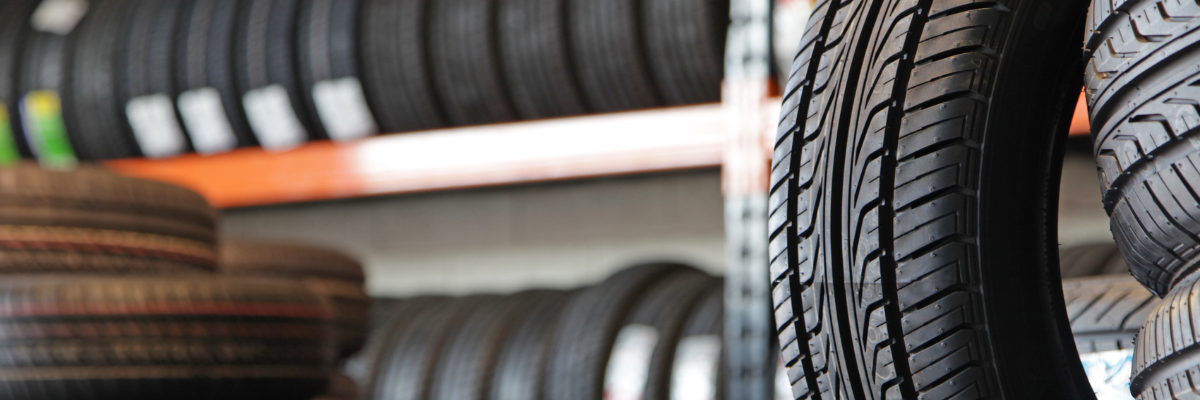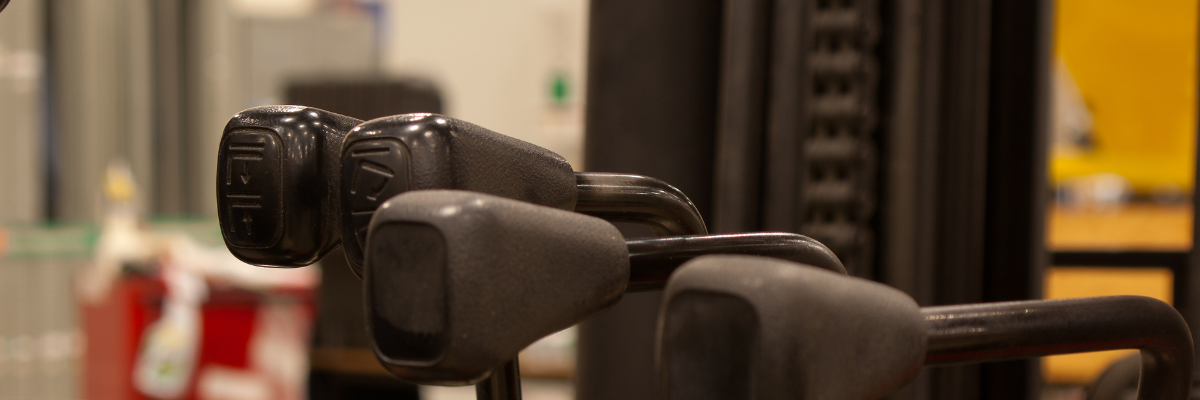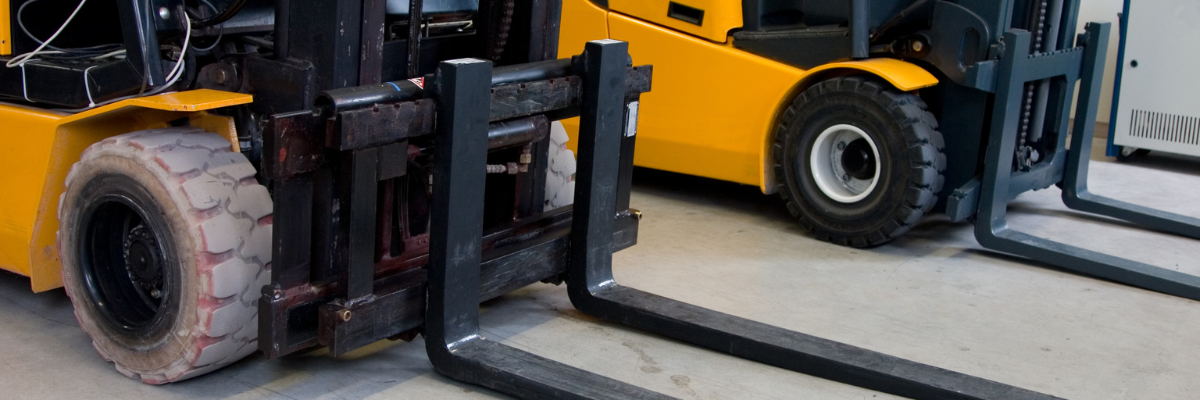Forklift Safety Checklist: What You Need To Consider for a Safer Job
Forklifts are powerful machines used in a variety of industries, and they must be operated with safety in mind. Regular safety checks are essential to ensure that these vehicles remain safe and compliant with safety regulations. Having a specific checklist can help operators cover all the basics when it comes to inspecting forklifts for safety.
From checking the brakes and engine to testing out controls, having such a checklist is an important part of making sure workers stay safe while using this equipment. Not only does it keep operators safe, but it also reduces the risk of costly accidents due to faulty equipment or improper use. Taking the time to put together and regularly review a forklift safety checklist is essential for any business that relies on these machines for its operations.
Before You Create the Forklift Safety Checklist
Before creating a safety checklist for forklifts, it’s important to consider all the components of the machine. This may include inspecting the brakes, engine, and tires, as well as testing out all the controls to make sure they’re functioning properly. It’s also important to remember that only trained personnel should perform these checks, as some components can be dangerous if tampered with.
Once you have a solid checklist in place, it’s crucial to follow through on regular inspections. Setting reminders or scheduling inspections at specific intervals can help ensure that everyone adheres to the rules and regulations established by your business. In addition, it keeps workers from possible harm due to faulty or unsafe equipment. Taking just a few extra steps can go a long way towards keeping everyone in your workspace safe and secure. That said, in this blog, we will have a look at what an ideal forklift safety checklist should look like, though it can vary slightly depending on the industry or company policies.
1. Check Brakes and Tires for Signs of Wear

Checking the brakes and tyres on a forklift is essential in order to ensure that it is running safely and efficiently. Brakes are an integral part of any machine, as their failure can cause serious accidents due to loss of control. It is important to regularly inspect the brake system to make sure it is functioning correctly and responding appropriately when needed. Tires are also important for both safety and performance reasons. Worn or damaged tyres can lead to reduced traction and poor control over the vehicle while operating, which could put operators at risk of harm or injury.
Therefore, it is important to check them frequently for signs of wear or damage in order to maintain adequate levels of safety standards on a job site. Given the heavy loads forklifts usually deal with, you need all the stopping power you can get.
2. Test All Controls

All the controls of a forklift need to be tested before use in order to ensure they are working correctly. This includes checking the accelerator, steering wheel, and brakes to make sure they are responding appropriately. All it takes is a loose wire or a broken switch to cause a serious workplace injury, so taking the time to make sure that the machine responds to the operator’s commands at a moment’s notice is a crucial safety precaution.
3. Check Oil and Fuel Levels

Checking the oil and fuel levels in a forklift is important to ensure that it is operating safely and efficiently. Oil levels should always be checked before use, as an insufficient amount can lead to excessive friction between moving parts, which can cause damage over time. Similarly, low fuel levels will result in decreased performance and affect the overall control of the machine itself. Monitoring oil and fuel levels thus help maintain an optimal level of safety while also ensuring that a forklift is running optimally.
This part of the forklift safety checklist is crucial because regularly monitoring these levels will help to ensure that all moving parts are adequately lubricated and that the machine has enough power to perform its operations. This will also ensure that the operator can easily identify any signs of excessive wear or damage before they become a problem. In addition, regularly checking fuel levels can prevent unexpected breakdowns due to running out of fuel in the middle of a job site, which is not only a safety precaution but also a money-saver.
4. Check the Forklift’s Lights
Checking the lights on a forklift is an important part of making sure that it is safe to operate. Properly functioning headlights, brake lights, and hazard lights are essential for visibility in low light conditions and alerting other workers when moving around the job site. Additionally, having working headlights makes it easier to inspect the machine during scheduled maintenance checkups. Faulty or non-functioning lights can lead to decreased visibility and may also result in unexpected accidents due to poor awareness in dark or hazardous areas.
5. Check the Forks

Checking the forks on a forklift should be done as part of a routine maintenance program. This includes inspecting them for signs of wear and tear, checking their alignment, and making sure all bolts are tight. It is also important to check the material that the forks are constructed from, as some materials may wear down or degrade faster than others. Additionally, if there appear to be any signs of fatigue or damage, the forks should be replaced immediately in order to avoid potentially dangerous situations while operating the forklift.
6. Check the Seat Belts
Make sure you always check your forklift seat belts – it only takes a few seconds, but doing so can save both you and your fellow workers in the long run. Wearing a functioning seatbelt is essential for your safety when operating a forklift, as it will keep you contained within the operator’s compartment should an unexpected incident occur. Even if you feel secure without one, please make sure to buckle up each time that you begin working with a forklift and guarantee that everyone around you is doing the same. Safety first!
Other Things to Check
Depending on your company’s safety and compliance policies, as well as the model of your forklift, there may be different safety checks to perform. However, here are some general ones that should be considered across the board:
Check the warnings and labels on the machine to make sure they are up to code.
Wear proper safety clothes at all times when operating the forklift.
Make sure that the mirrors and seat are adjusted to your comfort.
Check the limit capacity on the machine.
Test the steering every time you start the forklift.
So there you have it: The essential checklist items to make sure your time operating a forklift is safer. That said, if you are looking for more safety tips or even safety belt installations for your forklift, get in touch with us today! We here at Orion Safety Belts will make sure that our team of professional installers see to your safety needs.